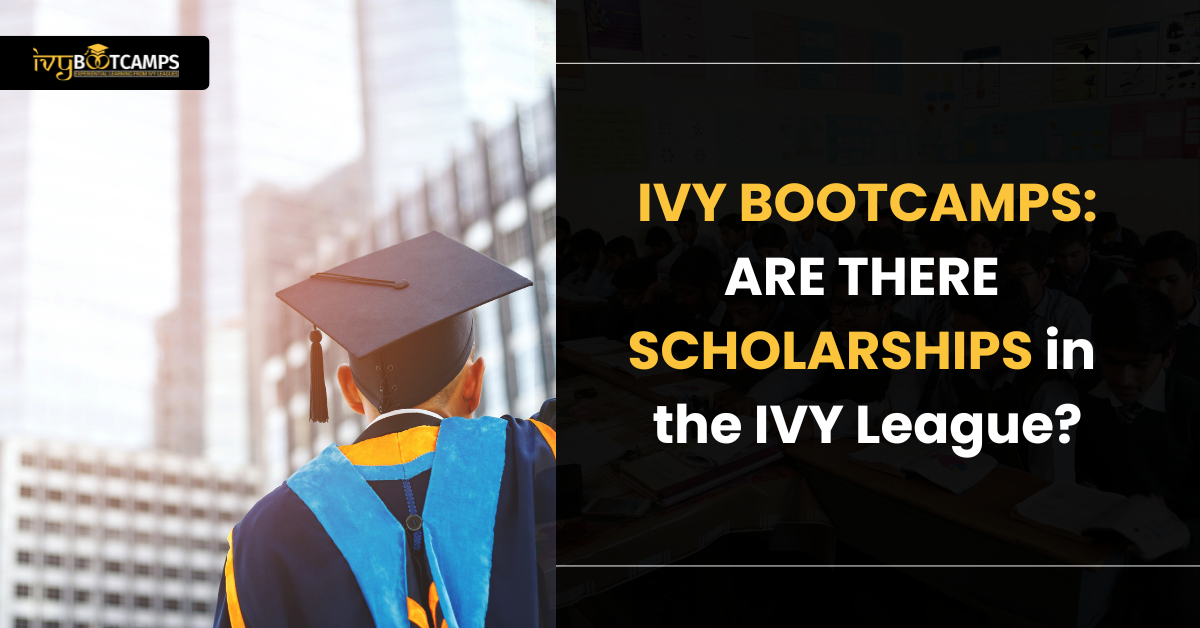

IVY league admission is a dream of many, but only certain people get in. That is not because it is hard to get in. This is because you either have no information or have misinformation. The real problem is that people don’t have the proper resources to get the detailed information. It is not like we do not have the internet – it’s just that we don’t have clarity on how to search for information regarding college or school information. When people hear about prestigious colleges, we almost think it would be costlier without even trying. But here’s the twist that shocks most people: Ivy League universities are often more affordable than many public colleges—if you understand their financial aid system.
So, let’s bust the myths, clarify the facts, and walk you through how scholarships (or more accurately, financial aid) work in the Ivy League.
The IVY League is not just a group of elite academic institutions, it is an athletic conference turned into a proper academic powerhouse. These are proper eight colleges.
All are private, highly selective, and routinely rank among the world’s top universities. But they also share a unique approach to financial aid, which makes them far more accessible than people assume. The idea of financial aid is to support talented students.
Let’s get the biggest misconception out of the way:
Ivy League schools do not offer merit-based scholarships. No rewards for high SAT scores. No grants for being the class topper. No brownie points for winning an Olympiad.
Why? Because the competition is already fierce. If you’re accepted to an Ivy League, you’re already considered outstanding. These schools focus on equal opportunity, not academic prizes. That doesn’t mean there’s no help. Quite the opposite.
Instead of merit aid, Ivy League universities provide need-based aid, and it’s often more generous than you’ll find anywhere else in the world. That makes more sense because you are already competing with top students who have great academic records.
It means the university assesses your family’s financial situation, including income, savings, number of siblings in college, and even regional cost-of-living. Based on this, they determine how much your family can reasonably pay (called the Expected Family Contribution or EFC). Then, they cover the rest.
And yes, they often do this without loans. The detailed financial information regarding financial aid is already on their website.
Perfect. You’re exactly the kind of student Ivy League financial aid is built for. The aid is specially for all types of students who have the family income in average.
| Family Income (USD) | Typical Contribution at Top Ivies |
| Below $65,000 | $0 — You pay nothing |
| $65,000–$150,000 | 0–10% of income (Highly subsidized) |
| $150,000–$250,000 | Sliding scale — still generous aid |
| Above $250,000 | May qualify depending on assets |
Families earning under $85,000/year pay zero. Even families earning up to $150,000 receive substantial aid. Over 55% of students receive financial aid. For example, the aid info – Harvard Aid Info
Offers 100% need-based aid — no loans required. Average grant in 2024 was $66,000+. Families making under $75,000 usually pay nothing.
First Ivy to implement a no-loan policy. Covers full tuition + room for families under $100,000. Over 60% of students receive aid.
All offer similar need-based models with generous grants. While they may differ slightly in thresholds, they’re committed to:
Meeting 100% of demonstrated need. Minimizing or eliminating student debt.
Supporting international students (details below).
Good news: Ivy League financial aid isn’t just for U.S. citizens.
Yes! While Ivy League schools won’t offer merit-based aid, you can still apply for outside scholarships like:
However, your Ivy League school may reduce its aid by the amount of your external scholarship. Always check their coordination policy.
If you can get in, you can probably afford it.
That’s not a marketing line. It’s backed by decades of need-blind, full-need policies that are changing the lives of talented students from every economic background. So don’t let the $85,000 sticker price scare you.
Instead of asking:
“Can I afford Harvard?”
Ask:
“Can I challenge myself to earn a spot — and let Harvard take care of the rest?” Ivy League schools aren’t just for the elite. They’re for the exceptional — and the determined. If you’ve got the academic muscle, don’t let money be the excuse. Let it be the reason you aim higher.
Want help building your application profile, writing killer essays, or calculating your EFC? Reach out — let’s plan your Ivy dream strategically.